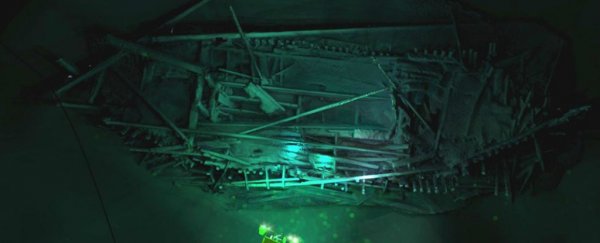Maritime archaeologists have unexpectedly uncovered 41 shipwrecks hidden at the bottom of the Black Sea, located between southeastern Europe and Western Asia.
The unique discovery happened as the team was scanning the bottom of the ocean off the coast of Bulgaria, using new remotely operated vehicles (ROVs) to study how water levels rose quickly in the region after the last ice age.
"The wrecks are a complete bonus, but a fascinating discovery, found during the course of our extensive geophysical surveys," said principal investigator Jon Adams, from the University of Southampton in the UK.
"They are astonishingly preserved due to the anoxic conditions (absence of oxygen) of the Black Sea below 150 metres."
The Black Sea Maritime Archaeology Project team was able to record their findings in incredible detail thanks to their two new ROVs. These were being used in tandem to record geophysical data from the bottom of the sea, and were connected to a research vessel called the Stril Explorer.
You can see one of the ROVs below:
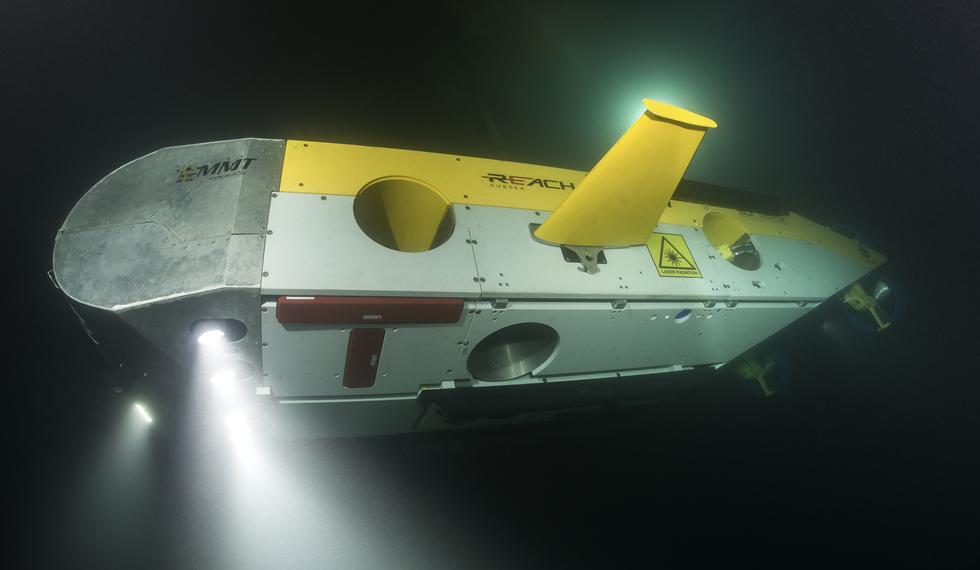 Rodrigo Pacheco-Ruiz
Rodrigo Pacheco-Ruiz
One of the ROVs is equipped with a high-resolution camera that allows the team to reconstruct images in 3D photogrammetry - an imaging technique that renders a 3D image from a scan of the sea floor.
The other ROV is designed for speed and utility, offering a way to cover more ground faster than other ROVs, while carrying lights, a laser scanner, and other geophysical equipment.
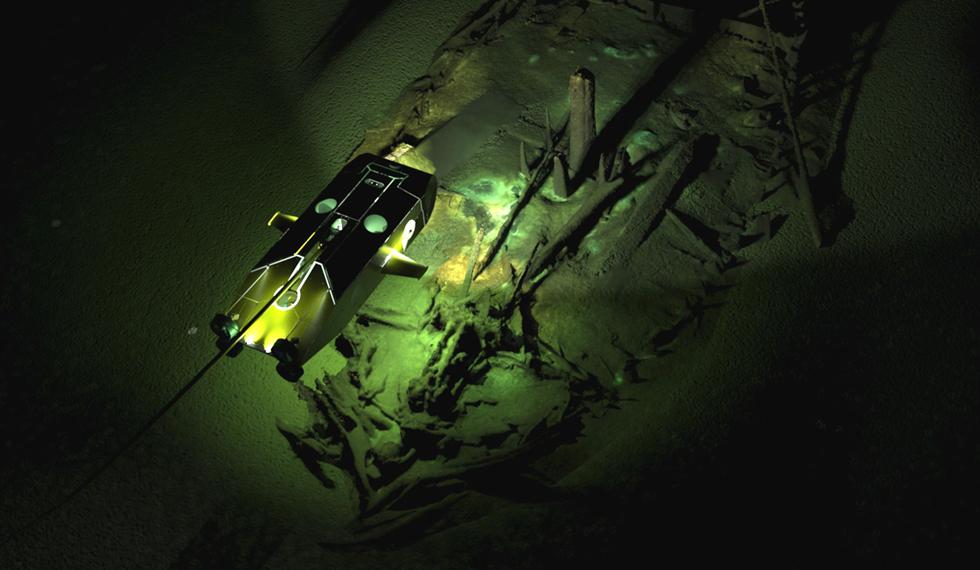 Rodrigo Pacheco-Ruiz
Rodrigo Pacheco-Ruiz
So far, these two ROVs have covered a total distance of 1,250 kilometres (777 miles), at a depth of 1,800 metres (5,905 feet).
"Using the latest 3D recording technique for underwater structures, we've been able to capture some astonishing images without disturbing the seabed," Adams said.
"We are now among the very best exponents of this practice methodology and certainly no-one has achieved models of this completeness on shipwrecks at these depths."
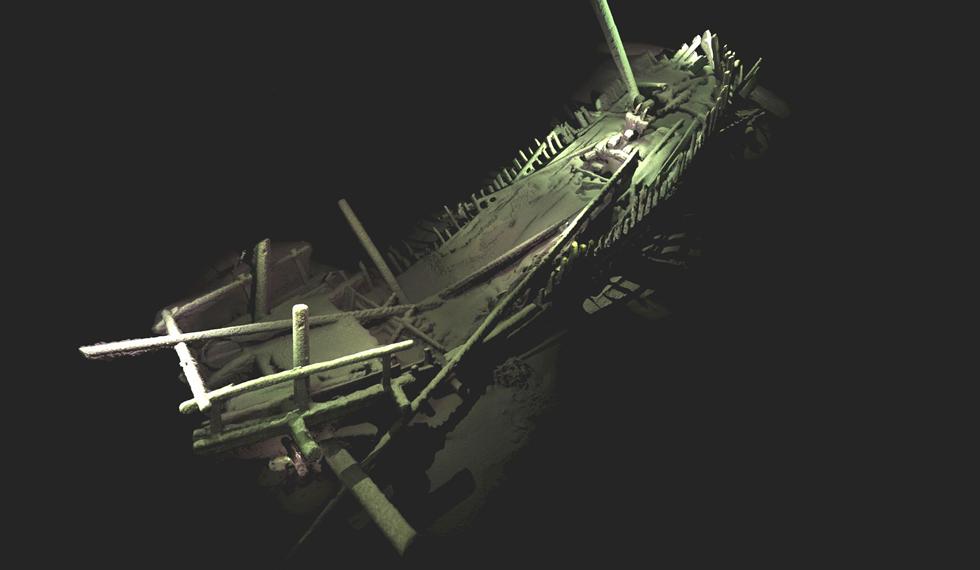 Rodrigo Pacheco-Ruiz
Rodrigo Pacheco-Ruiz
The newly discovered wrecks will hopefully shine a light on how ancient cultures used the sea for thousands of years. The team has identified ships belonging to both the Ottoman and Byzantine Empires, and samples from them should yield a plethora of data to be analysed in the future.
The next step is for researchers to analyse what they can of the ships in situ, before carefully extracting what might be contained inside.
Uncovering shipwrecks wasn't the team's primary goal - their project is more concerned with sea level changes throughout Earth's history.
"We're endeavouring to answer some hotly-debated questions about when the water level rose, how rapidly it did so and what effects it had on human populations living along this stretch of the Bulgarian coast of the Black Sea," Adams said.
"As such, the primary focus of this project … is to carry out geophysical surveys to detect former land surfaces buried below the current seabed, take core samples and characterise and date them, and create a palaeoenvironmental reconstruction of Black Sea prehistory."
There's no word just yet if the team will publish their findings, or if they'll leave that to other teams who will no doubt go on to analyse the wrecks in more detail. Until then, at least we have awesome photos like this to hold us over:
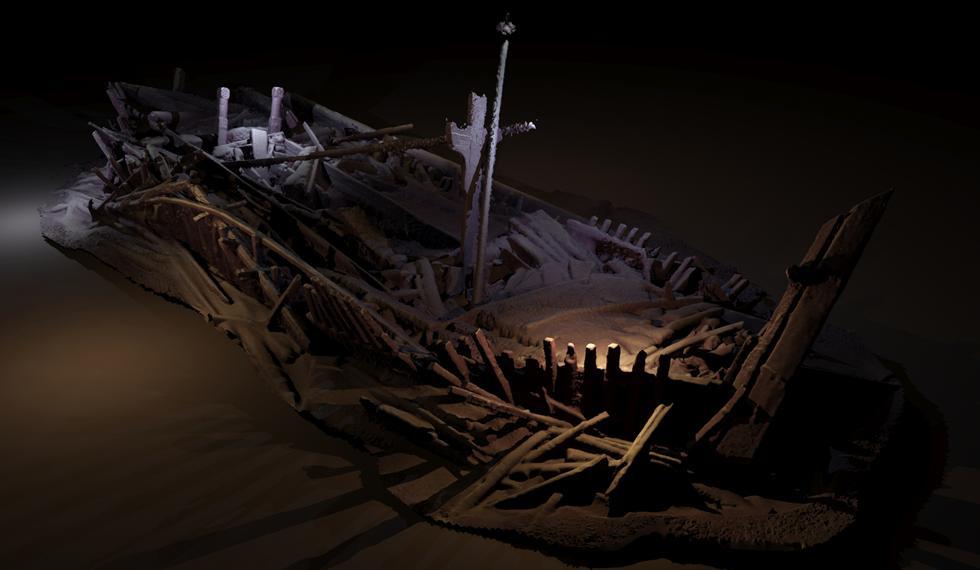 Rodrigo Pacheco-Ruiz
Rodrigo Pacheco-Ruiz
